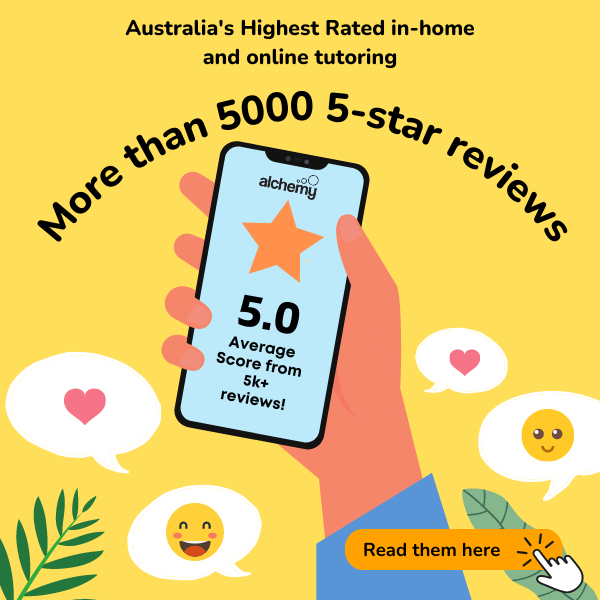Language analysis is one of the three VCE English course sections and is the most distinctive. . It is also called Argument Analysis among other several names.
Language analysis focuses on the ‘unseen texts’ or what is referred to as the cold material. For most students, this turns out to be the most daunting part of the exams.
A student facing a language analysis section is required to analyse the persuasive techniques deployed by the author of the piece of writing the student is analysing. The types of pieces given range from a political campaign ad to opinions.
Why not also read: Guide to VCE Language Analysis
Having a proper analytical process is critical in fully identifying the technique and its purpose. The T.E.E technique is the most commonly used:
- T – What persuasive technique is being used?
- E- Example of the text that shows this.
- E – the intended Effect or impact on the reader’s attitude.
Here is a look at the five most common and how you can analyse them.
Rhetorical Questions
Rhetorical questions are the most widely used in language analysis history. Despite being so common, most students often struggle with the concept.
A rhetorical question is when the author uses a question to encourage the reader to re-evaluate their opinion on the issue in question and consider the author’s opinion instead.
In some cases, the rhetorical question is often too ambiguous and difficult to understand. But in other cases, it presents itself on a silver platter.
An excellent example of a rhetorical question device used in context is:
Supposing there was a new law that would allow kids to carry knives for whatever reason, the author could pose a question, “ Do you really want your child to carry dangerous weapons.”
The aim of the question is to drive concern and fear from parents, ultimately encouraging them to oppose this ‘new law.’
For students, one of the easiest ways to mention rhetorical questions in language analysis is to start by asking yourself what the author of the piece is questioning.
Statistics
The second most commonly used language analysis technique is statistics. It’s easier to identify and comment on because it presents itself every time the author includes numbers (mostly percentages).
Statistics is often used to lend credibility or evidence to the author’s argument. While identifying the technique is straightforward, most students make redundant commentary.
Example:
Statement: Over 1,300 people have not registered to vote.
Analysis: “The author uses statistics like 1,300 people to lend credibility to his argument.”
The most effective way is specifying the relationship between the device and issue in question this technique is referring to.
You should start by considering what statistic is being referred to. Determine if the static aims to point at an overwhelmingly large number or small number. The words the author uses to describe the statics are just as important. Words like:
- Over
- Only
- Mere
- Almost
- Massive
Such words used before the statistical figure have an immense impact on the opinion the author is trying to shape. They can make the figure the author is creating seem big or small and also form a point of analysis.
Example:
Statement: Over 1,300 people have not registered to vote.
Analysis: “The author’s inclusion of the static “1,300 have not registered to vote.” Modified by the adjective “over” implies the number of registrants who have not voted is substantial and should cause alarm among readers.”
Expert Opinion
Authors can also use an expert opinion as a persuasive device. When using this language analysis technique, most student will often have something like:
“The expert opinion of Professor David Robinson solidifies the author’s opinion and makes the argument seem supported by a professional.”
Why not also read: How to quote in an essay
With expert opinions, students can dig deeper and deliver a more in-depth analysis of the context. See if there’s anything substantial about this expert the author has mentioned. Who are they? What qualifies them as experts in their field? Why would the author want to cite their opinion? Also, what kind of language does the author use to introduce the expert.
A proper analysis should combine the use of the expert opinion and some analysis of what the opinion is. You can also state briefly whether the author is eliciting respect from an esteemed authority figure or the opposite.
Inclusive Language
The idea of this technique is embodied in the wording of the technique itself. It also happens to be one of the most common mistakes students make; stating that “inclusive language makes readers feel included” in the analysis.
When analysing the inclusive language technique, you should ask yourself what the author is including readers in? And what group the author is positioning the readers to belong to?
In a statement like: “We should demand more from our politicians because it is up to us to create a better future for ourselves.”
The author is using inclusive words like “we” and “us” when expressing the “need to demand more” and “create a better future” to put the responsibility on the reader and compelling them to take action.
Depending on the wording of the opinion, the author could be trying to include the reader in a call-to-action or including the reader in concern. Although the technique is the same, the context is different and this should be included in the analysis.
Emotive language
Emotive language is easy to pick out in any language assessment exam. The tricky part is in how the students analyse and expresses the same.
The first step to using this language assessment technique is to identify which emotions are at the core of the author’s point.
Why not also read: How to write an argument analysis
The author could be trying to portray anger, sympathy, outrage, passion, or empathy among other emotions.
It is important to highlight the words the author is using in the piece and create a relevant connection to the message and emotion the writer is trying to pass and conclude with the result the author is trying to achieve using this language technique.




